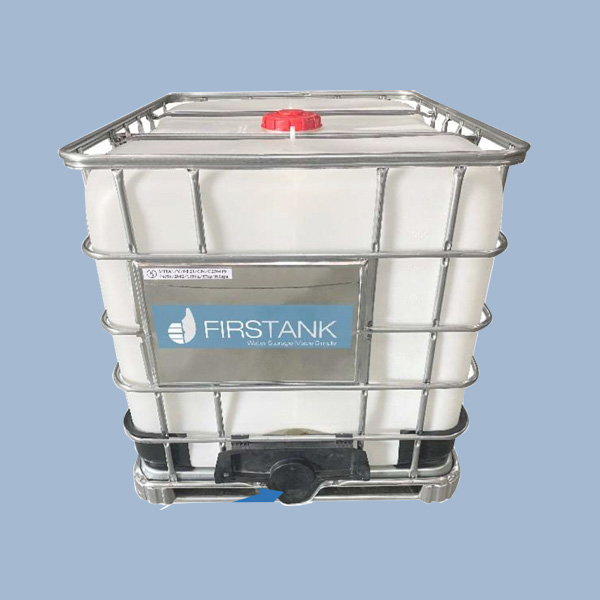Polyethylene water tanks are used for water storage, water reserves for industrial and fire prevention purposes, and rain or waste water collection. These are safe containers of drinking water because the tanks are made of linear polyethylene, which is a non-toxic material. Moreover, polyethylene water tanks are not transparent, which prevents the exposure of stored liquid to sunlight minimizing the growth of algae.
If you’re planning to buy this unit for your house or office, this list of do’s and don’ts will surely come in handy.
- DO NOT CLIMB on top of your tank.
Most of the time, you will find yourself tempted to jump on top of their tank when you’re getting up on a roof or connecting pipework. Get hold of yourself. Polyethylene water tanks are designed to hold water, not to withstand the weight of a person walking or climbing on top of them. Doing this can cause serious caving on the top of your unit.
- DO NOT MOVE a tank that is not empty.
You might think that this is common sense but some unit owners still commit this common mistake. Moving a storage tank with water is not just heavy. It can damage your unit because the water will exert immense pressure on the tank’s base and walls.
- DO ELEVATE your tank.
The elevated position of your polyethylene tank allows it to deliver water with more force. It’s simple science: water flows towards gravitational force, so the greater the height, the greater the pressure. Here’s a trivia: if a tank is placed more than a hundred feet above the ground, there’s an increase of around .43 pound per square inch per foot.
- DO PREPARE the base of your unit.
Before installing your tank, make sure that the base is not placed on a rocky or uneven ground. Doing so will prevent undermining the base and causing sharp objects to damage or even protrude your tank.
- DO NOT USE bricks or corrugated iron as deck bases.
These materials are unstable and can cause additional stresses that may result to tank failure. Also remember that all bases should be at least 200mm greater than the diameter of the water storage tank.
Unlike other plastic water tanks, polyethylene tanks are considered to be eco-friendly because they are manufactured with non-toxic material. Simply put, they do not affect the quality of water and do not harm the environment. Visit Firstank Philippines if you are considering a polyethylene tank for your household or workplace.




